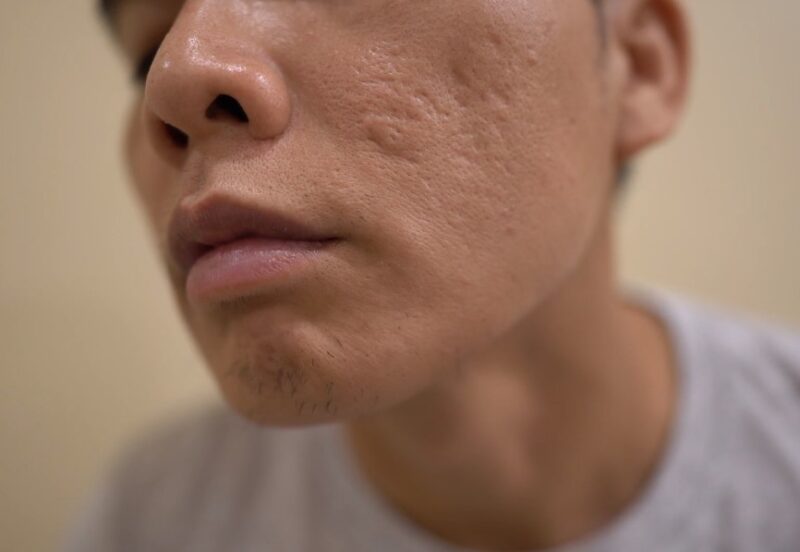Rolling scars are a type of atrophic acne scar that typically appear on the skin as indents with smooth edges, giving the surface of the skin a wavy, uneven appearance.
These scars are caused by damage to the skin’s collagen from prolonged or severe acne inflammation, leading to the tethering of the skin to the subcutaneous tissue below.
Unlike other types of scars, rolling scars can significantly affect the texture of the skin, making them a common concern for those seeking a smoother, more uniform complexion.
The Causes of Rolling Scars
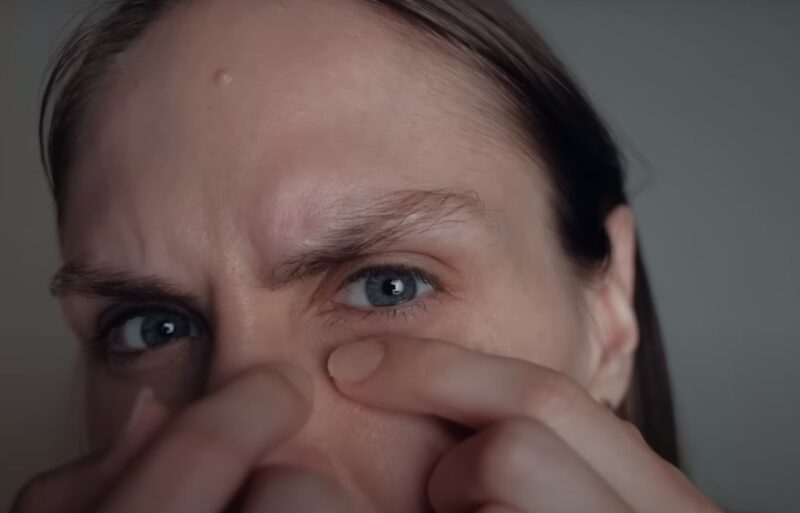
The formation of rolling scars is intimately linked with the inflammatory process of acne. When acne penetrates deep into the skin, it damages the collagen fibers that support the skin’s structure.
As the skin heals, it may not produce enough new collagen to fill out the space left by the inflammation.
This deficit leads to the skin being pulled down by bands of scar tissue, creating the characteristic rolling appearance.
Factors that can exacerbate the formation of rolling scars include genetics, the severity and duration of acne, and delayed or inadequate treatment of acne lesions.
Professional Treatments for Rolling Scars
When it comes to treating rolling scars, professional dermatological treatments often offer the most effective solutions.
These treatments are designed to either stimulate collagen production, release the tethered scar tissue, or a combination of both, to improve the texture and appearance of the skin.
Laser Therapy
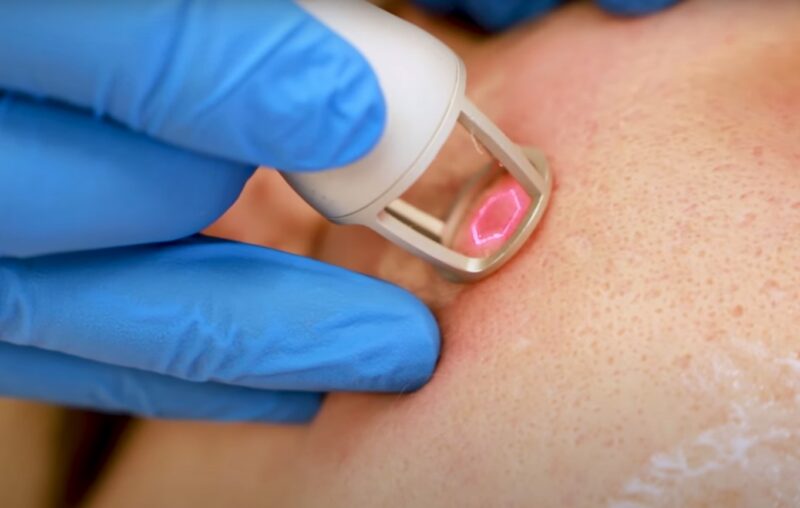
Laser therapy, including fractional laser resurfacing, uses concentrated beams of light to remove the outer layer of the skin or stimulate collagen production in the deeper layers. This can help in smoothing out rolling scars and improving skin texture over time.
Microneedling
Microneedling involves using a device equipped with fine needles to create micro-injuries in the skin.
This process stimulates the body’s natural healing process, encouraging collagen and elastin production. Over several sessions, microneedling can help in reducing the depth of rolling scars and improving the overall skin texture.
Subcision
Subcision is a surgical procedure that involves using a special needle to break up the fibrous bands of scar tissue that are pulling the skin down. By releasing these bands, the skin can lift and diminish the appearance of rolling scars. Subcision may be used in combination with other treatments for optimal results.
Dermal Fillers
Dermal fillers, made from substances like hyaluronic acid, can be injected beneath the skin to “fill out” rolling scars and create a smoother skin surface.
While fillers offer temporary results, they can be an effective way to improve the appearance of rolling scars for those seeking less invasive options.
At-Home Care Strategies
While professional treatments can offer significant improvements, incorporating specific at-home care strategies can also help in managing and reducing the appearance of rolling scars over time.
Retinoids
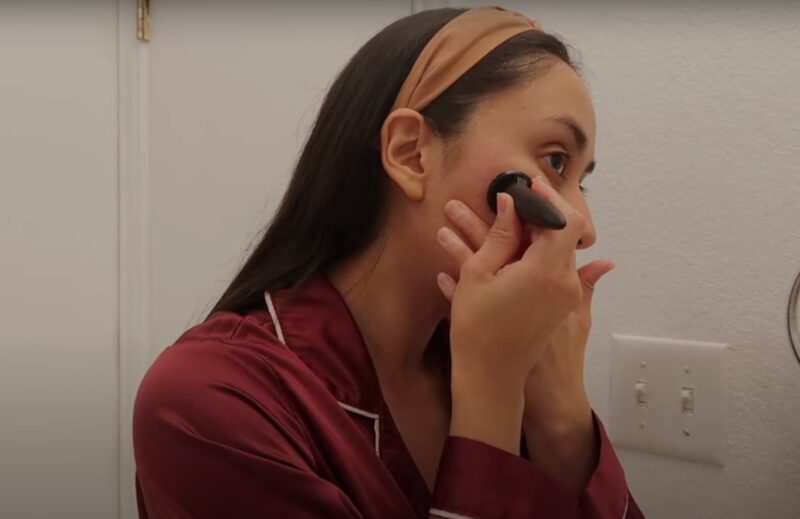
Topical retinoids, available both over-the-counter and by prescription, can promote skin cell turnover and collagen production, which may help in gradually reducing the appearance of rolling scars. Consistent use is key to seeing results with retinoids.
Sun Protection
Protecting the skin from sun exposure is crucial in managing rolling scars. UV radiation can exacerbate the appearance of scars by darkening them and breaking down collagen, making it essential to apply a broad-spectrum sunscreen daily.
Gentle Skincare
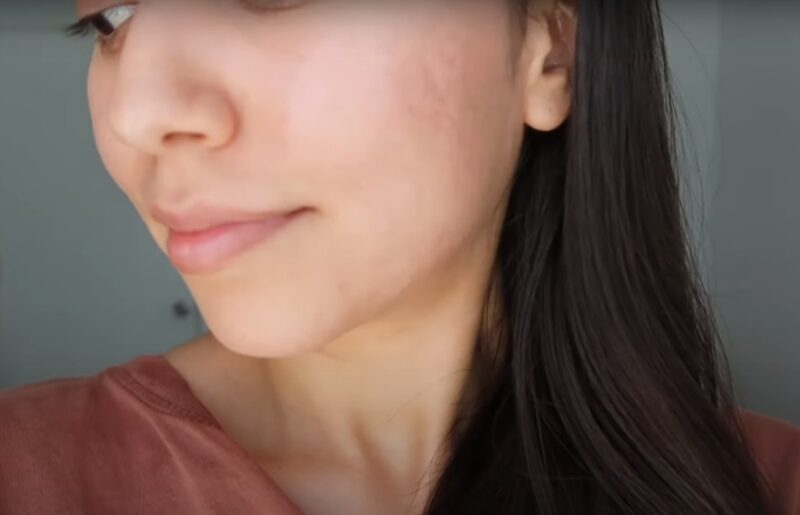
Maintaining a gentle skincare routine that avoids harsh exfoliants or irritating ingredients can help in keeping the skin healthy and resilient. A focus on hydration and barrier repair can support the skin’s healing process and improve overall texture.
Lifestyle Considerations
Lifestyle factors play a significant role in skin health and can influence the healing process of rolling scars.
A balanced diet rich in vitamins and minerals, particularly those known to support skin health such as vitamins A, C, and E, can provide the necessary nutrients for collagen production and skin repair.
The Importance of Patience and Realistic Expectations
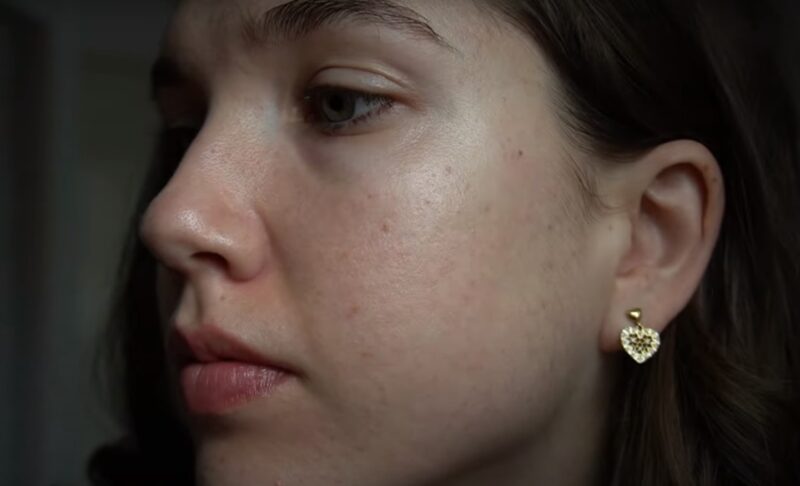
Treating rolling scars is often a gradual process that requires patience and consistency. The severity of the scars, the chosen treatment methods, and individual healing responses can all affect the timeline for improvement.
It’s important to set realistic expectations and work closely with a dermatologist to monitor progress and adjust treatment plans as needed.
FAQs
Can diet affect the healing of rolling scars?
Yes, diet plays a significant role in skin health and can impact the healing of rolling scars. A diet rich in antioxidants, omega-3 fatty acids, and vitamins can support skin repair and collagen production. Foods like berries, nuts, seeds, and green leafy vegetables are particularly beneficial.
Is it possible to completely remove rolling scars?
While it may be challenging to completely remove rolling scars, many treatments can significantly reduce their appearance. The outcome often depends on the scar’s depth, skin type, and the treatment method chosen. In some cases, a combination of treatments may be necessary for optimal results.
How long does it take to see results from treatment?
The time it takes to see improvements from rolling scar treatments varies widely depending on the method used. Some treatments, like laser therapy, might show results within a few weeks, while others, such as microneedling, may take several months of consistent sessions to notice significant changes.
Can rolling scars worsen over time if left untreated?
Rolling scars may appear more pronounced over time if left untreated, especially as the skin loses elasticity and collagen with age. However, they don’t necessarily worsen in the same way active acne does; the change in appearance is more about the aging of the skin around the scars.
Are there any natural remedies for rolling scars?
While professional treatments are most effective for rolling scars, some natural remedies may support skin healing and mild improvements. Aloe vera, rosehip oil, and vitamin C serums can promote skin regeneration and mild improvements in texture, though they are unlikely to offer dramatic results on their own.
Can exercise contribute to the healing of rolling scars?
Exercise can indirectly contribute to the healing of rolling scars by improving overall skin health and circulation. Increased blood flow can help nourish skin cells and promote collagen production, which may aid in the repair and appearance of scarred tissues. However, exercise should complement professional treatments and skincare routines for best results.
Final Words
Rolling scars can be a challenging condition to treat, but with a combination of professional treatments, at-home care, and healthy lifestyle choices, it is possible to significantly improve the appearance of these scars.
By taking a comprehensive approach that includes professional guidance, consistent at-home care, and patience, individuals can achieve smoother, healthier-looking skin.

